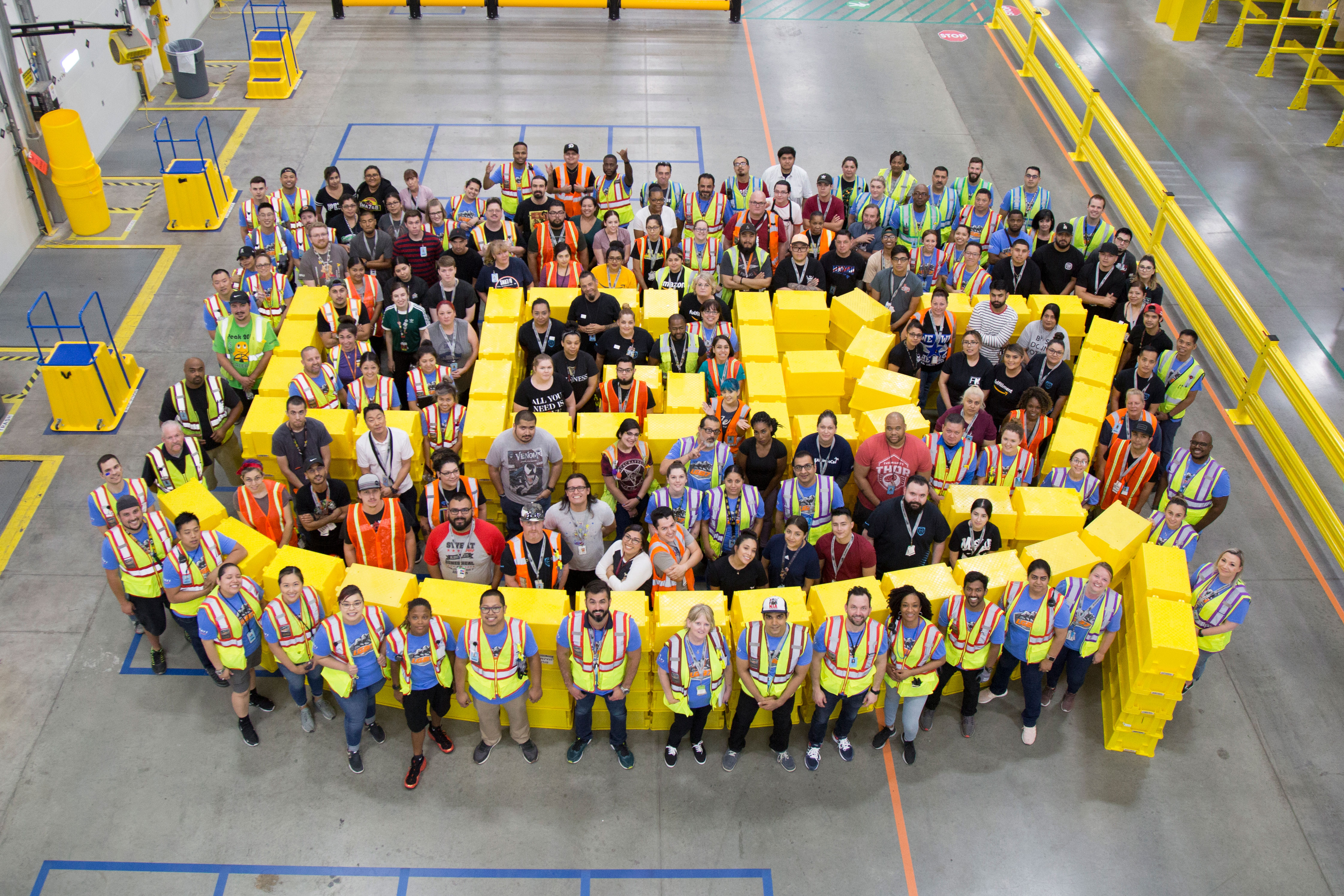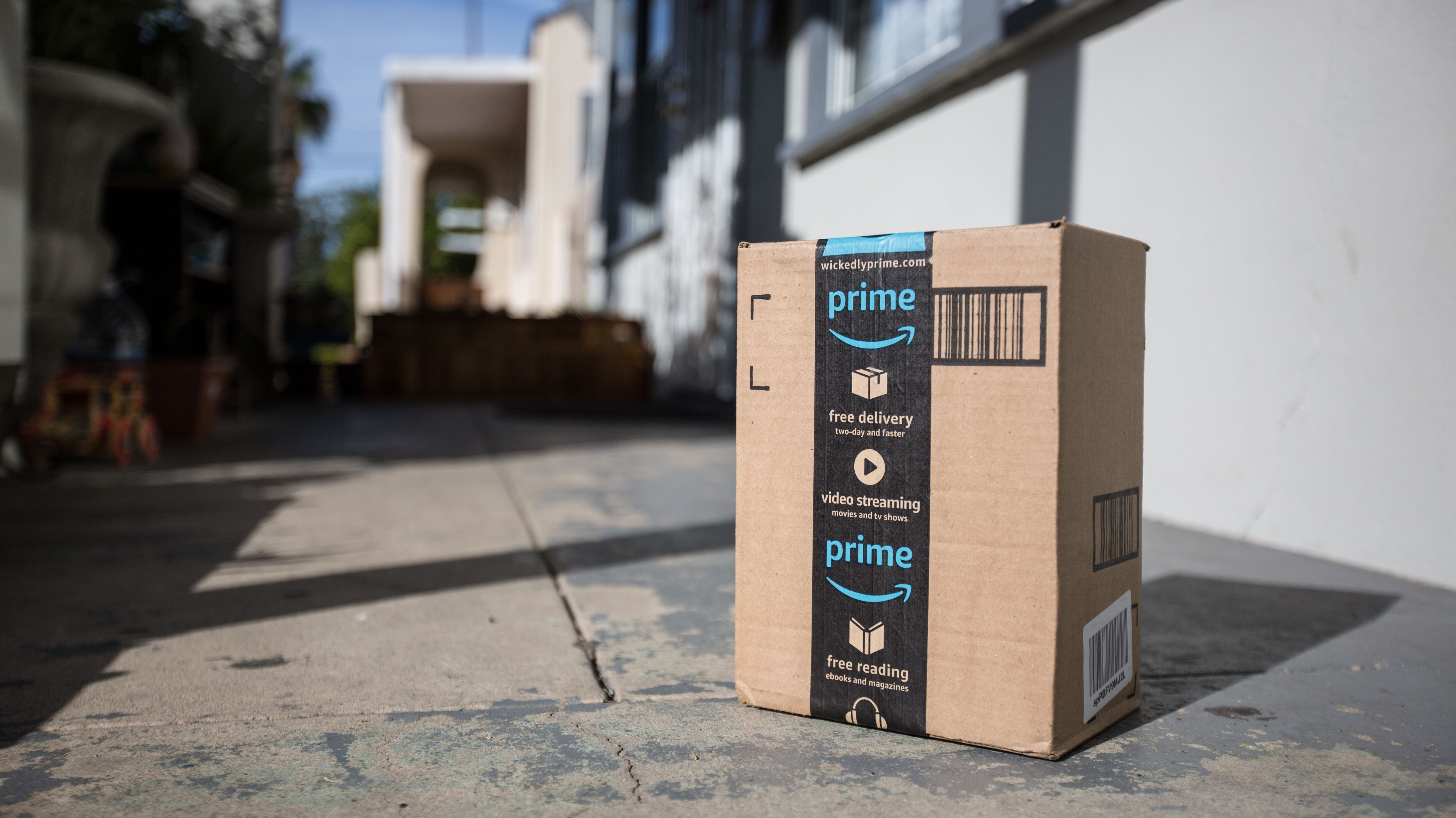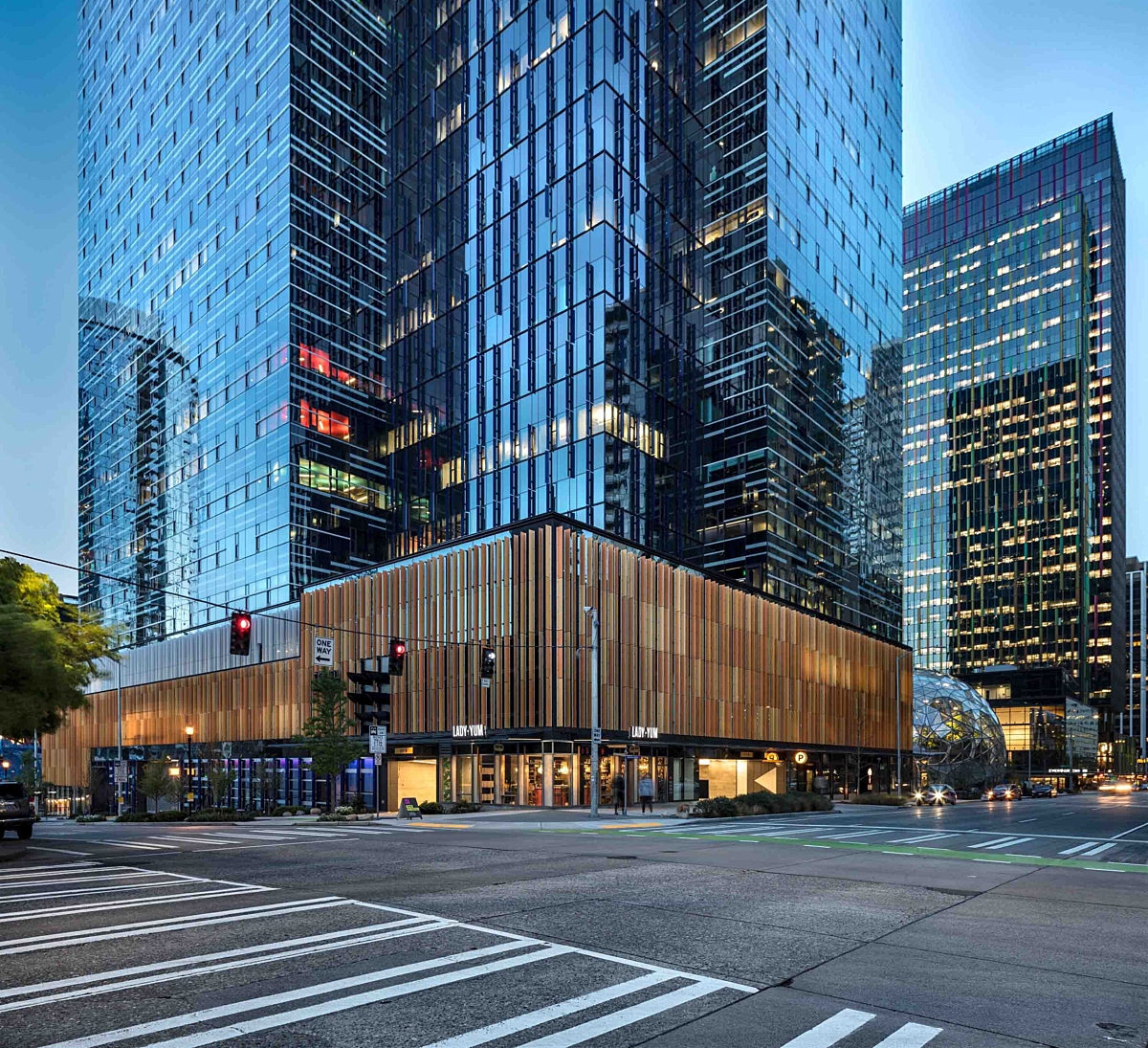

That is why we can’t write him off as a crank when he says that our destiny-because Gaia is sick and can’t deliver the resources to sustain us-lies elsewhere in the solar system. Yes, he was thrilled by space travel since he was a teenager, but as an adult his résumé demands that we take him seriously when he says that he’s doing this for far more than lifting the human spirit. Whether you approve of his business practices or not, he built a dominant and innovative company that’s changed many lives, and he saw opportunities where others did not. He’s not only the world’s richest human, but probably one of the smartest. To me, his self-directed inclusion on the passenger manifest of New Shepard’s first human flight is kind of bonkers, and it demands our attention. Yet something important is happening here, and it’s all about Bezos. This content can also be viewed on the site it originates from. One of its customers, former Microsoft scientist Charles Simonyi, even holds the distinction of being the first billionaire in space, twice traveling on a Russian space agency ship. That’s a thin distinction, since a company called Space Ventures has been arranging passage, for a very stiff fee, to the final frontier for years. The executives also claimed that they were the first commercial company sending a paying customer to space. In addition to Bezos and his brother Mark-an Instagram post showed the older sibling delivering the suborbital proposal, Bachelorette-style-the crew includes Wally Funk, an invited guest named who once trained for the Mercury program, who will be the oldest person to sample space travel, and paying customer Oliver Daemen, who will be the youngest. The most compelling one, and certainly a great future trivia answer, is that this flight will include both the oldest and youngest person to travel to space. During a Sunday press briefing, Blue Origin officials kept talking about all the firsts.

Yet you can smell something different here, and it’s not necessarily what the Blue Origin people are touting.

As with SpaceX, Blue’s rockets generally return to terra firma unharmed. Elon Musk’s private SpaceX company is now routinely sending astronauts to the orbiting International Space Station. Branson has already been the first billionaire space magnate to ride his own ship. The first human suborbital journey, by Alan Shepard in 1961, was itself kind of a consolation prize, as the Russians had already sent astronauts into orbit twice. The actual flight, in terms of technical achievement, breaks no ground. I guess history is what drew me here, though I admit that it’s tough to justify exactly what makes this a major milestone, as opposed to a data point in future timelines. My last time here, I viewed a Blue Origin launch (albeit one where the only passenger was a test dummy named Mannequin Skywalker), so my own bucket list has that box checked already. It’s my third time to this small desert town, which is filling up past its limited capacity for what everyone says will be a historic launch. I’m writing this from the rural West Texas town of Van Horn, which according to the road sign on Interstate 10, is home to 2,500 souls.

The other two seats on this New Shepard mission-the name Blue Origin gives to its suborbital rocket-will be empty on this flight, a surprising logistical anomaly for a businessman whose algorithms pack thousands of trucks each day to maximize every inch of space. Accompanying him will be his brother, Mark Wally Funk, an 82-year-old female aviation pioneer and an 18-year-old paying customer. At 8 am, the world’s richest man is going to space. This is what Jeff Bezos himself will do tomorrow, at around 7:36 am Central Time, after climbing seven flights of steps to enter the capsule on top of a New Shepard rocket. And though you’d think it wasn’t necessary for an 11-minute journey, each passenger will get their own in-flight entertainment screen, which, Bezos told me, will show a much cooler version of the AirShow you get on an airline, with metrics on altitude, speed, and g-forces, as well as live views from various cameras on the capsule. Inside there were six seats, looking like pricey gaming chairs, arranged along the circumference of the cone-shaped capsule. I hardly had to squeeze to pass through the sizable hatch. We were standing by the hatch of one of two crew capsules on site, which he invited me to enter. It was the summer of 2018, and he was showing me around the Blue Origin factory in Kent, Washington, where the rockets and the crew capsule for Bezos’ private space company are manufactured. “You can go ahead and poke your head in,” Jeff Bezos told me.


 0 kommentar(er)
0 kommentar(er)
